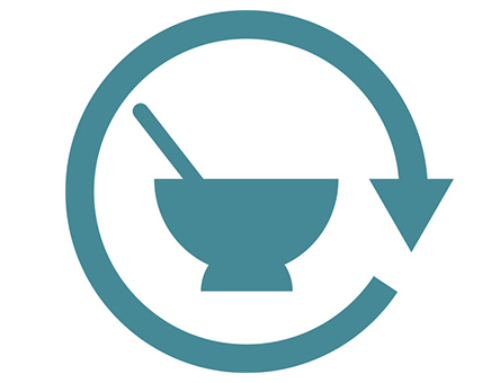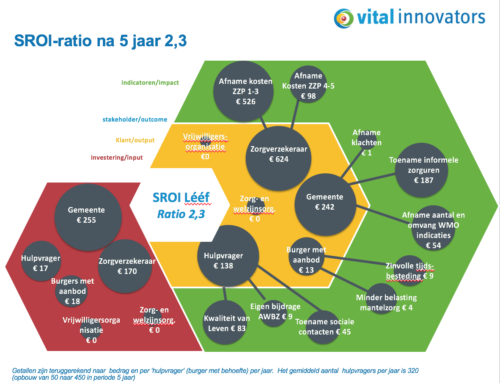The intention
Forty to sixty percent of people referred to a hospital outpatient clinic, appears to be somatically unexplained physical complaints (abbreviated MUS) to have. These people do not find appropriate treatment in the hospital and there is a broad consensus among experts that these people should preferably be guided in general practice. Attention should be paid to exploring both the physical and psychosocial aspects of the complaint, to then come up with a tailor-made treatment proposal. The problem, however, is that this approach takes more time than many GPs have available, with their ten minute consultations.
The approach
In the Sittard region, we looked for the solution in the GGZ practice nurse. Practice assistants are HBO-trained healthcare professionals who, under the supervision of the general practitioner, be able to perform diagnostics in a structured way and sometimes also offer treatment. A structured approach has already been used in the region; the Dialogue Model. Hereby were, together with the patient and from a biopsychosocial perspective, mapped out problems and looked at what the patient himself could contribute to the solution and where help was needed. An expert team of general practitioners and practice nurses was formed to shape a regional care trajectory. That consisted of a) detection of MUS by the general practitioner and b) exploration by the practice nurse. If the situation is not clear yet, then the patient could go to both the internist and the psychologist for a one-off consultation, who would then come to an advice together.
The result
And then it went wrong: no patients came to the practice nurse, as a result of which the rest of the trajectory did not get off the ground. GPs found it difficult to tell their patients that they could not properly explain their complaints and that it was best to make an appointment with the practice nurse for further exploration of the complaints..
The lessons
This is a very good example of a complex process, which you may only learn from afterwards. Apparently there is a big difference between what GPs think they need beforehand to perform their work and how they will act afterwards..
The GP's task in the healthcare chain is to diagnose patients and to assess the seriousness of their complaints. For this reason, it may be easier for a GP to forward without a diagnosis to someone higher in the chain, like specialists. This always happens every day. Forward patients without a diagnosis and a clearly defined task to someone lower in the chain (HBO-trained healthcare professional) does not fit into this structure and is therefore much more difficult to implement.
OTHER BRILLIANT FAILURES
Brilliant Failure Award Healthcare – 20 to stop coming up with new advice 2024
Wednesday 20 In November, the Brilliant Failure Awards for Healthcare will be organized for the tenth time by the Institute for Brilliant Failures.
Brilliant Failure Award Healthcare – 20 to stop coming up with new advice 2024
Wednesday 20 In November, the Brilliant Failure Awards for Healthcare will be organized for the tenth time by the Institute for Brilliant Failures.
Brilliant Failure Award Healthcare – 20 to stop coming up with new advice 2024
Wednesday 20 In November, the Brilliant Failure Awards for Healthcare will be organized for the tenth time by the Institute for Brilliant Failures.










